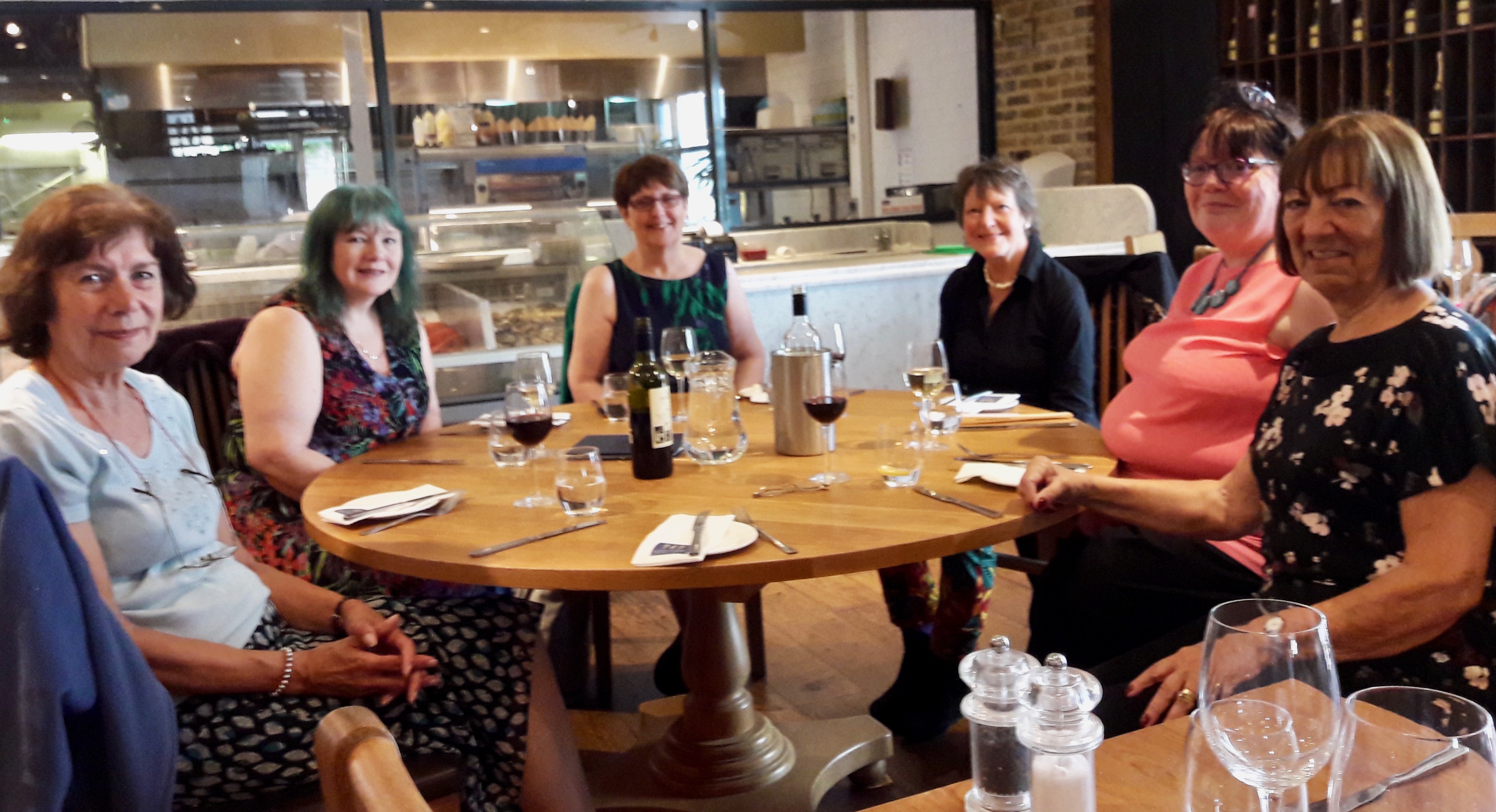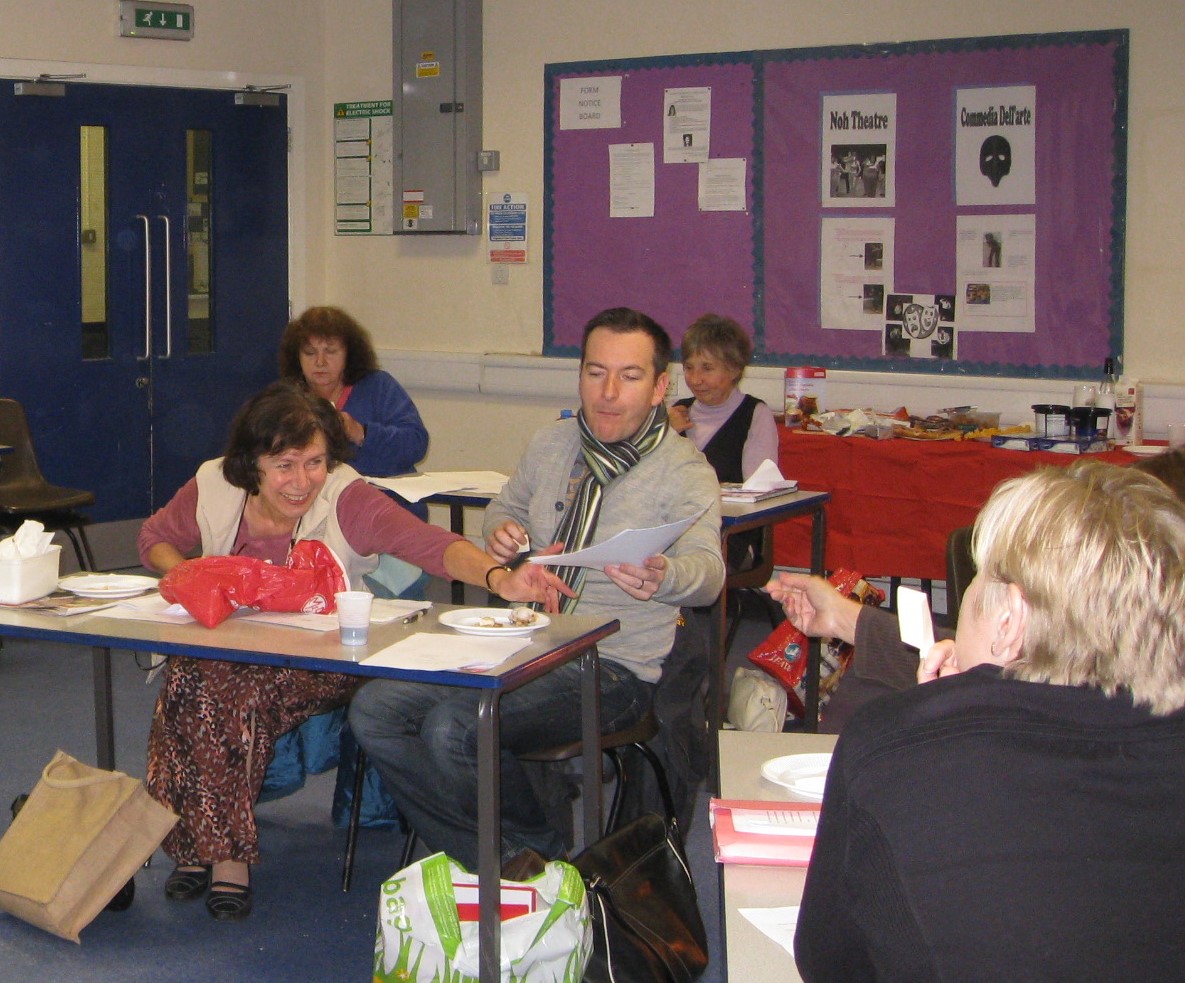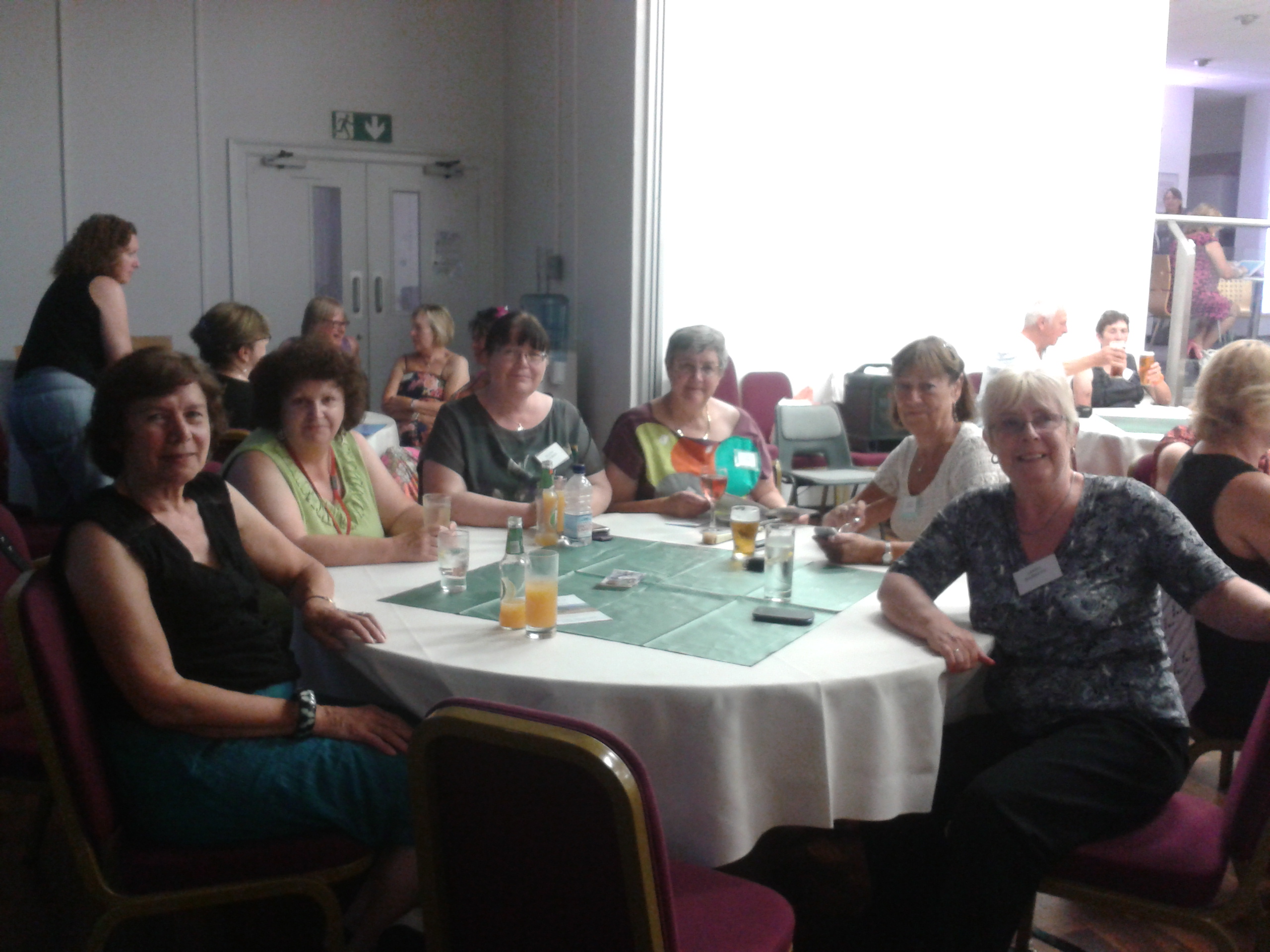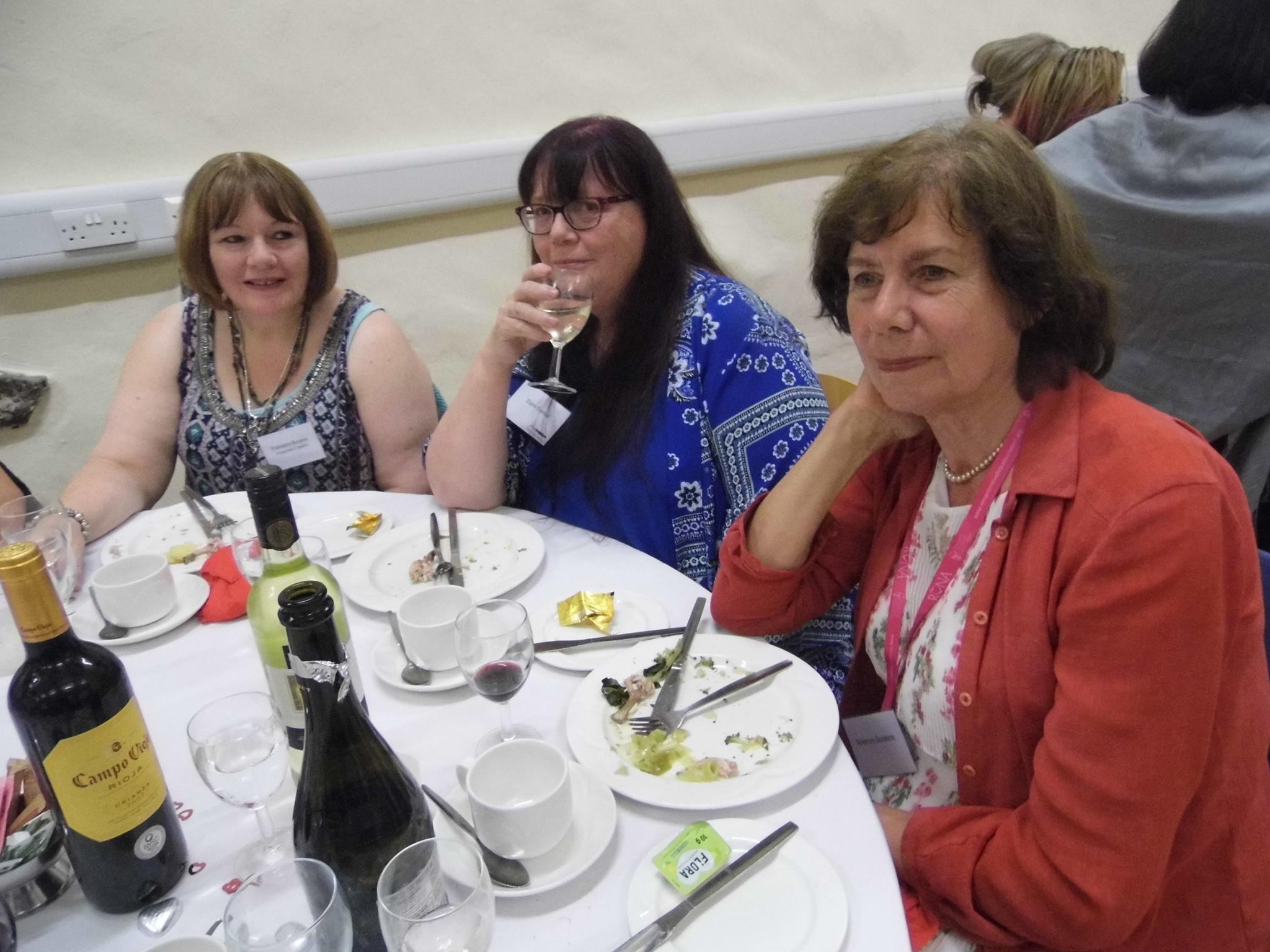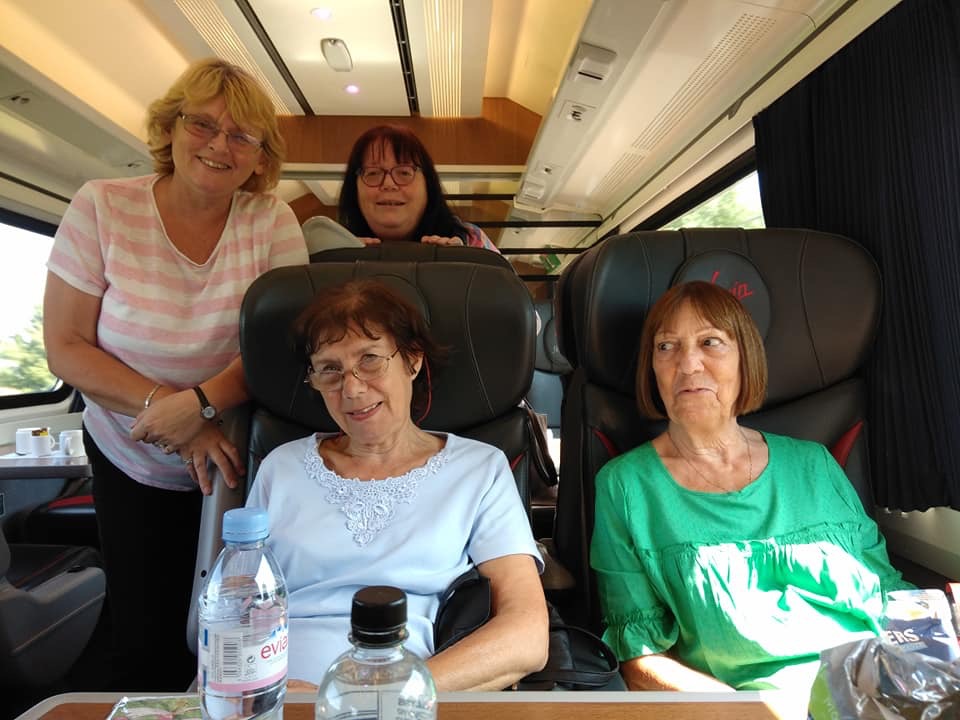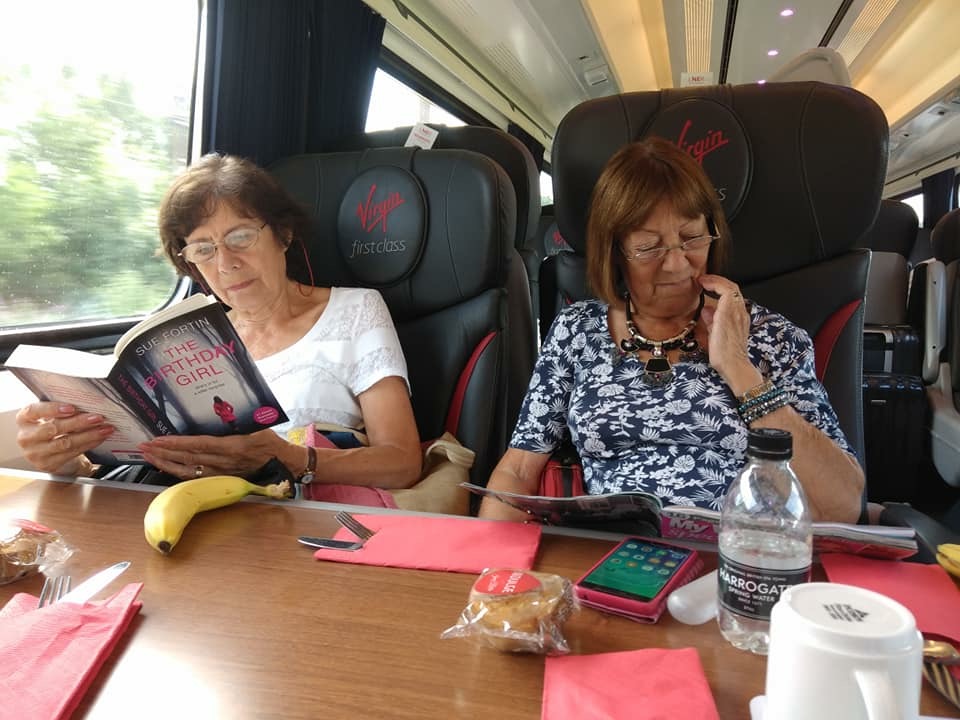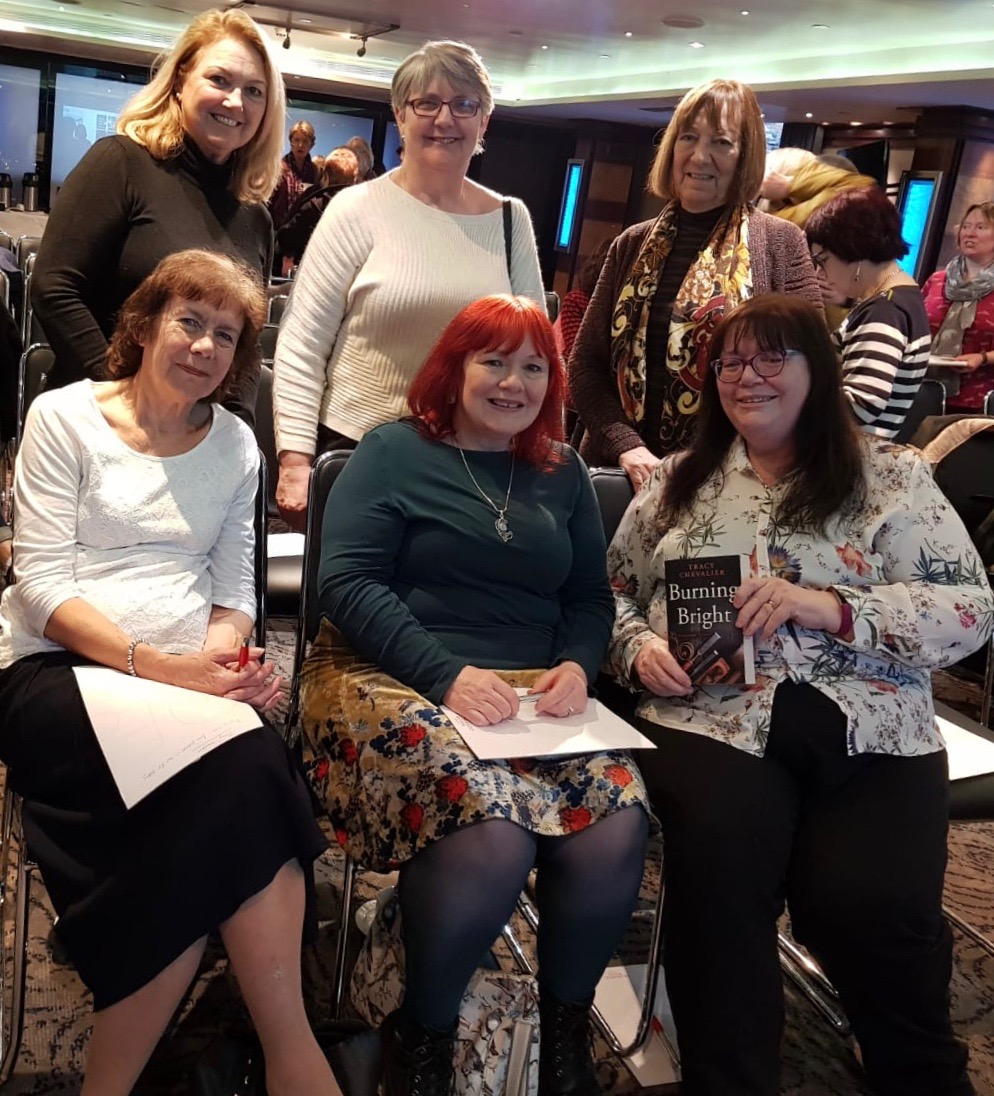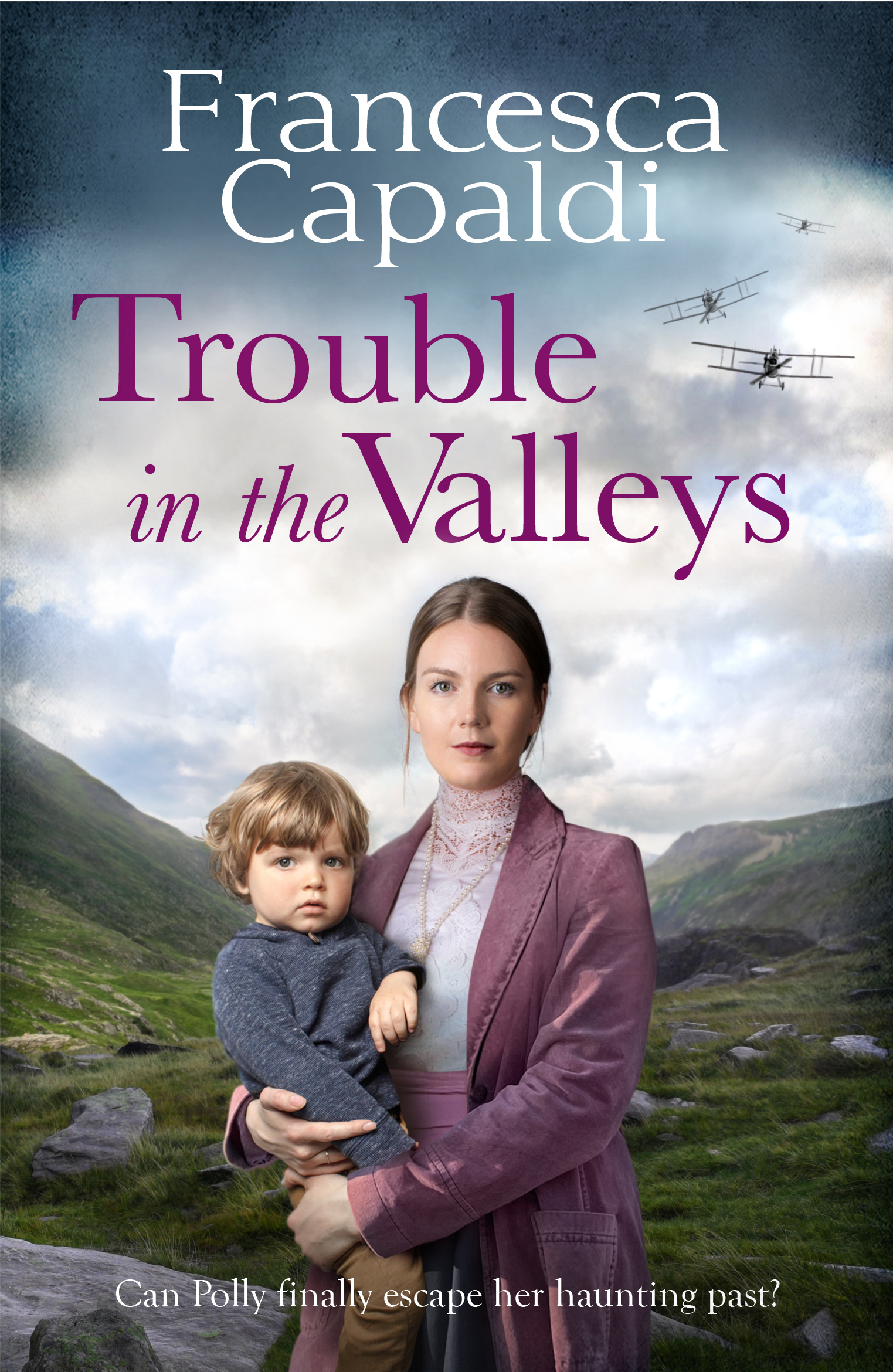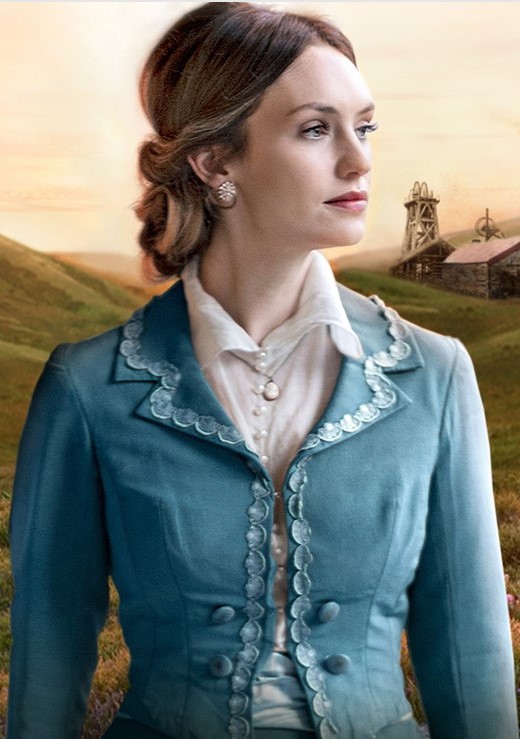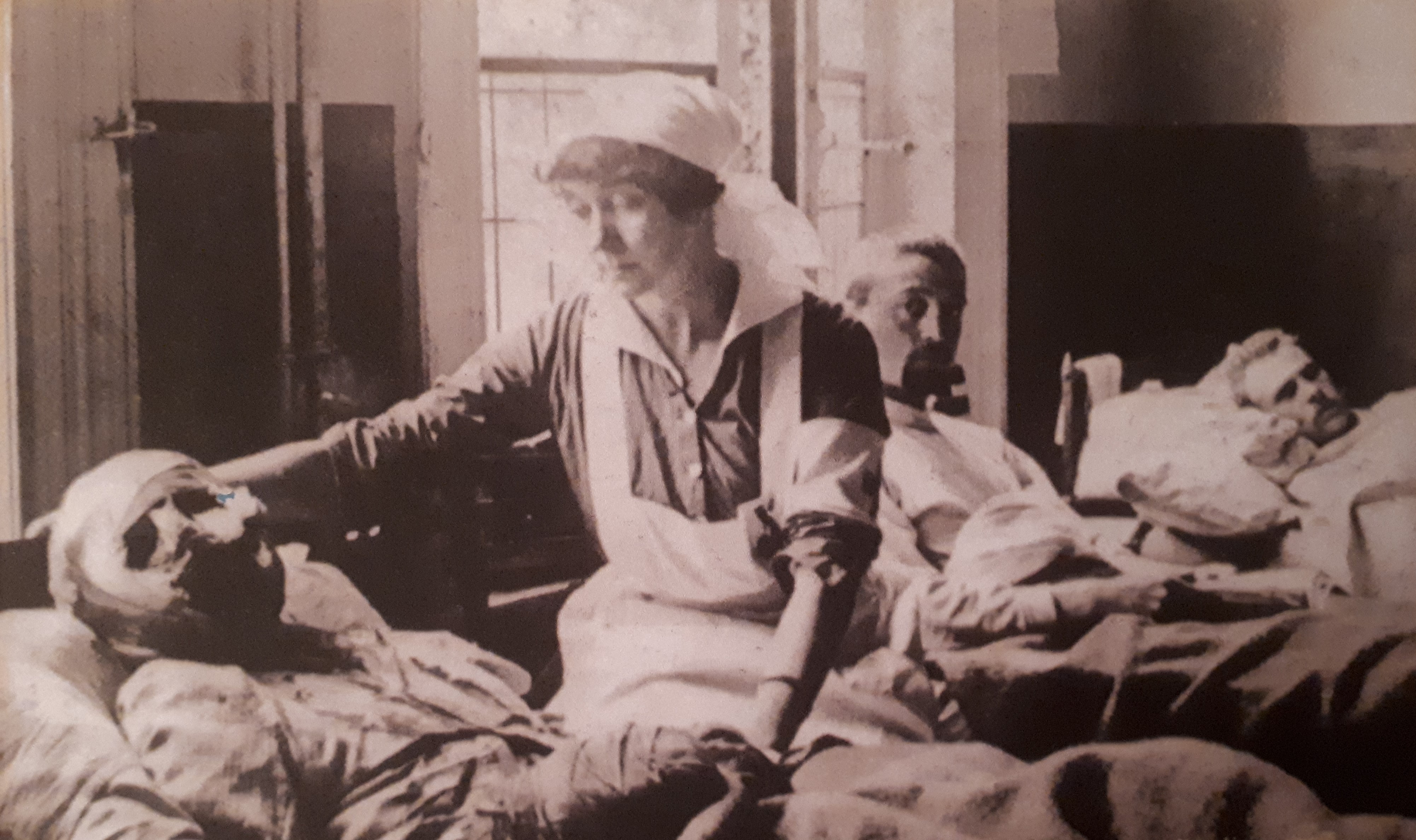Today author Rachel Brimble is popping in to tell us about her latest Victorian saga.
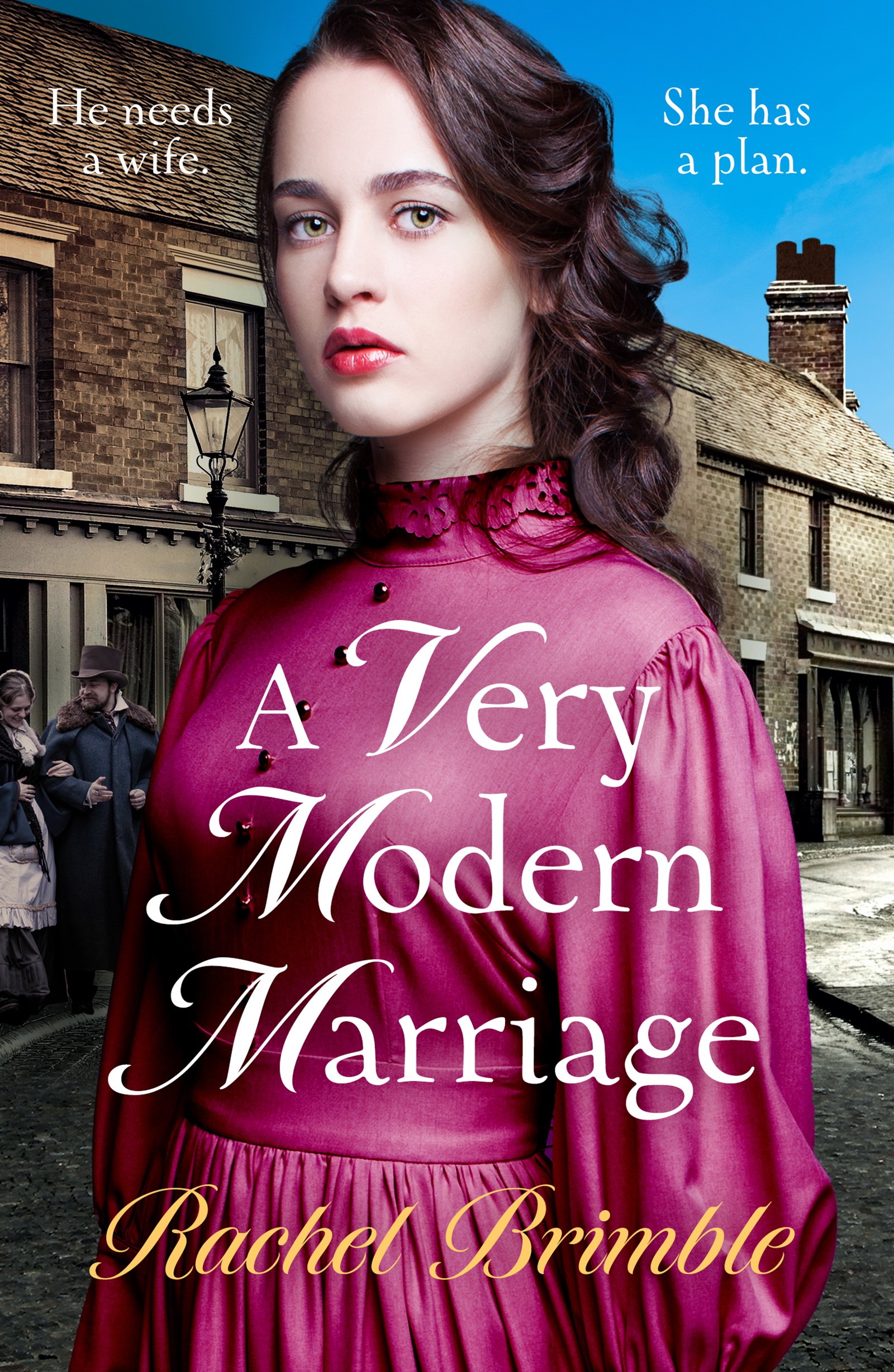
Welcome once again to Write Minds, Rachel. First of all, tell us what inspired you to write A Very Modern Marriage?
This book is the final instalment in the Ladies of Carson Street trilogy so it was inspiration for the whole series rather than this particular book. I read The Five by Hallie Rubenhold which explores the lives of Jack the Ripper’s victims and (although it might sound gruesome reading) it evoked such deep empathy in me. I was completely immersed in how very different these women’s lives were and the circumstances that led to each of them ending up in Whitechapel.
I just had to write a series about three prostitutes in Victorian Bath who come together in the name of survival and, of course, give them the happy ever after they deserve!
What kind of research do you do, and how long do you spend researching before beginning a book?
As a writer of historical fiction, research is obviously hugely important. So much so, that it is often difficult to know when to stop researching and start writing! For the Ladies of Carson Street trilogy, my research mainly focused around the lives of Victorian prostitutes as well as the taverns, gentlemen’s clubs and shops of Victorian London and Bath.
I tend to concentrate on the relationships in my books more than anything else so I would say that the research is used to add colour, flavour and realism to the setting and the adventures my characters become involved in. I tend to read a LOT of fiction and non-fiction of the period as well as visiting our local history centre for pictures and letters etc from the time.
As for the time spent…I’d say probably around a month or so.
Is this book a one-off, or is it part of a series?
A Very Modern Marriage is the final book in the Ladies of Carson Street trilogy and tells Octavia’s story. The series revolves around three women, Louisa, Nancy (whose stories are told in A Widow’s Vow & Trouble For The Leading Lady) and Octavia who live and work together in a brothel in the Victorian city of Bath.
The books are a combination of drama, intrigue and romance with a whole cast of characters, both main and secondary, who interact and add to the fun of what is my favourite series to date!
What do you find the most difficult part of writing process?
Definitely plotting! I am a plotter at heart and could never write a book by ‘the seat of my pants’, BUT that does not mean it makes my writing process any easier. I agonise over characters’ goals, motivations and conflicts, worry that my initial idea won’t stretch to 90,000 words…it never ends!
I am currently writing my 30th novel, by the way…
That’s incredible, Rachel! Finally if you could tell your younger self anything what would it be?
Relax! I still tell myself that now and I’m 47, haha! I am slowly learning to not overthink things or anticipate what ‘might’ happen. I recently signed up for a self-awareness course and it has helped so much with my anxiety and tendency to jump ahead rather than living in the moment.
I already feel happier, more relaxed and enjoying each day for what it is 😊
That’s great to hear, Rachel. Thank you for taking the time to come and visit us once again, and the best of luck with A Very Modern Marriage.
A Very Modern Marriage

He needs a wife…
Manchester industrialist William Rose was a poor lad from the slums who pulled himself up by his bootstraps, but in order to achieve his greatest ambitions he must become the epitome of Victorian respectability: a family man.
She has a plan…
But the only woman who’s caught his eye is sophisticated beauty Octavia Marshall, one of the notorious ladies of Carson Street. Though she was once born to great wealth and privilege, she’s hardly respectable, but she’s determined to invest her hard-earned fortune in Mr Rose’s mills and forge a new life as an entirely proper businesswoman.
They strike a deal that promises them both what they desire the most, but William’s a fool if he thinks Octavia will be a conventional married woman, and she’s very much mistaken if she thinks the lives they once led won’t follow them wherever they go.
In the third instalment of Rachel Brimble’s exciting Victorian saga series, The Ladies of Carson Street will open the doors on a thoroughly modern marriage – and William is about to get a lot more than he bargained for…
About Rachel
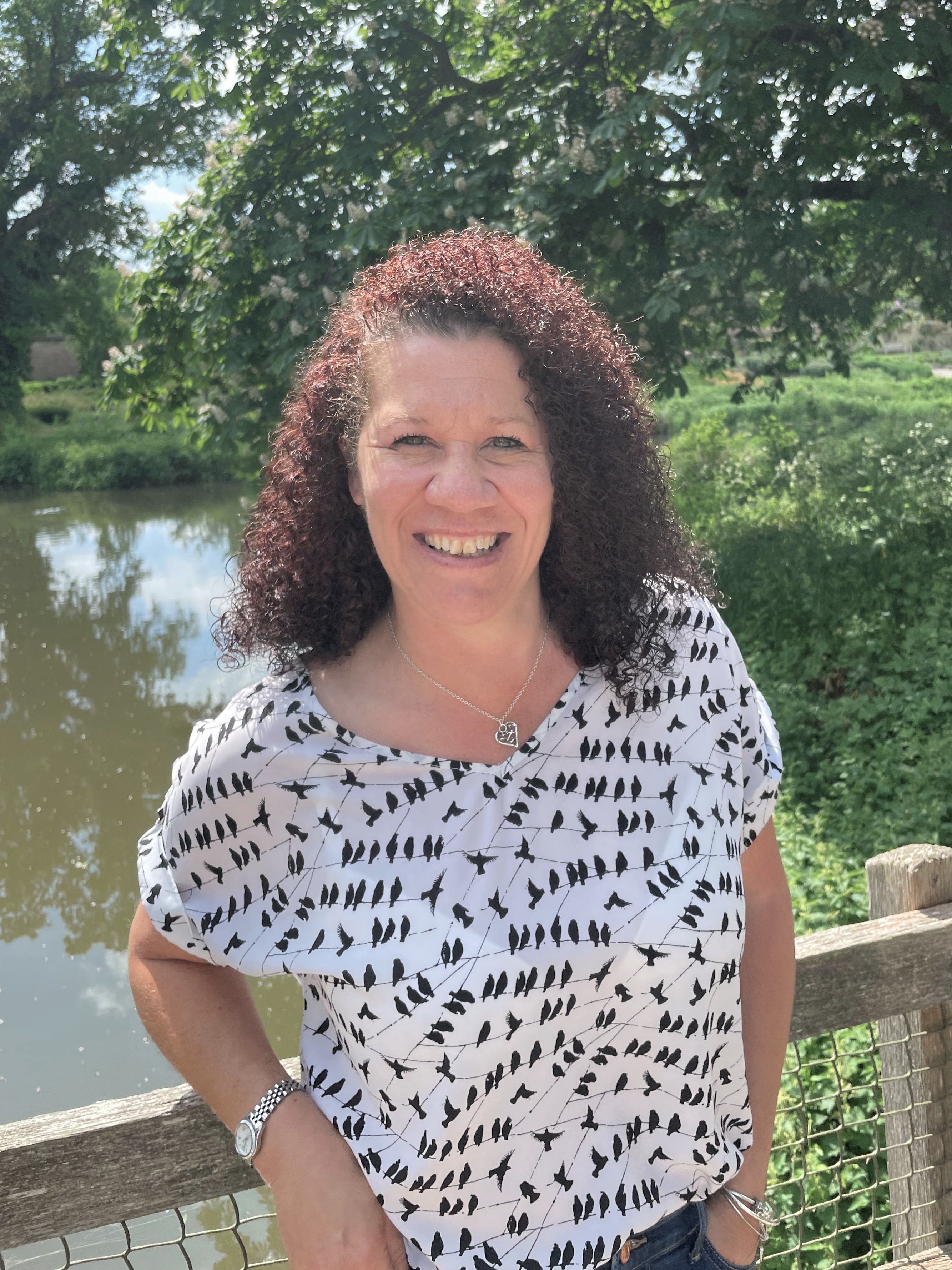
Rachel lives in a small town near Bath, England. She is the author of over 25 published novels including the Ladies of Carson Street trilogy, the Shop Girl series (Aria Fiction) and the Templeton Cove Stories (Harlequin). In January 2022, she signed a contract with the Wild Rose Press for the first book in a brand new series set in past British Royal courts.
Rachel is a member of the Romantic Novelists Association as well as the Historical Novel Society and has thousands of social media followers all over the world.
To sign up for her newsletter (a guaranteed giveaway every month!), click HERE



